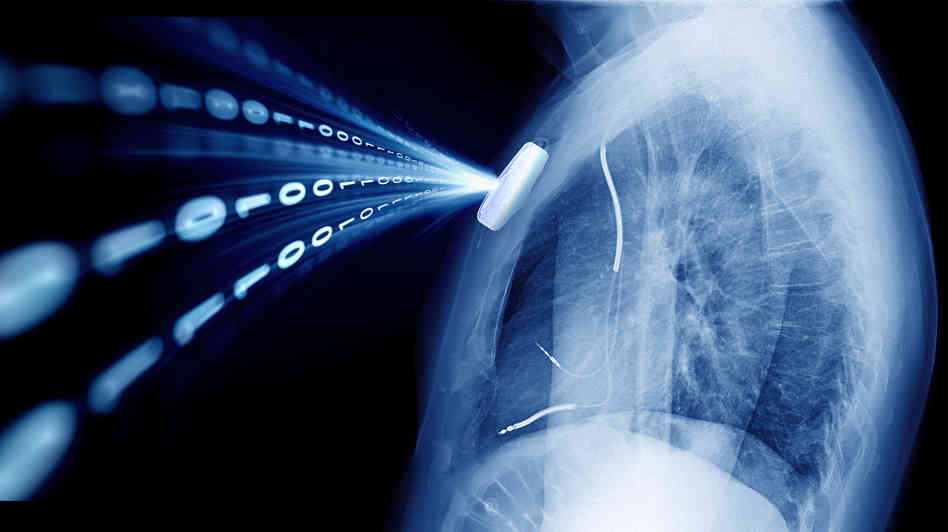Researchers at Clemson University will investigate how to detect and prevent infections on medical implants, thanks to a $1.57 million grant from the National Institutes of Health (NIH).
The scientists intend to develop a novel imaging technique and dye-based sensor to detect and monitor bacterial infections early on, when they are much easier to cure.
Approximately one in 25 patients admitted to a hospital in the U.S. will acquire an infection, leading to a reported 99,000 deaths per year. The majority of these hospital-acquired infections involve bacteria growing on implanted medical devices, which include metal plates and rods for bone fracture repairs; artificial knees, ankles and hips; prosthetic heart valves, pacemakers and artificial hearts; and urinary and intravascular catheters. Though infections are rare in most implant surgeries, implant-associated infections are difficult and expensive to cure.
MEDICAL ENCLOSURES AND IMPLANT INFECTIONS
According to Aneesh Kumar, a BCC Research analyst, medical enclosure is a closed chamber or cabinet for mounting a medical device internally or making a disposable medical device. He says that medical enclosures, among its other uses, is to prevent bio-contamination, infection and microbial infection of the implanted device.
“Medical enclosures used for implant-based medical devices are only made from non-metallic-based materials,” Kumar
explains. “The use of non-metallic enclosures is expanding due to their applications in implant devices, including cardiovascular, dental, orthopedic and trauma, ophthalmology and spinal implants.”
Current technologies offer no effective way to monitor these kinds of infections, either at early stages or during antibiotic treatment when bacteria are not found in the blood. Doctors need a method to monitor the resistant bacteria localized at the implant surface to treat implant infections at early stages and to determine if infections are eradicated.
“Bacterial colonization of medical implants is a major cause of device failure and often requires device removal coupled with long-term antibiotic treatment,” says Jeffrey Anker, associate professor of chemistry in Clemson University’s
College of Science. “However, detection is challenging at early stages when the bacteria are localized to inaccessible regions of the implant.”
IMPLANTED SENSOR WILL DETECT ACIDITY LEVELS OF DEVICES
Anker says the team’s research will focus on developing and improving a dye-based film that will coat implants and serve as an acid sensor. In the human body, most bacteria generate local acidic environments, similar to the process that causes tooth decay. Anker’s system will use focused X-ray beams to see through human tissue and strike the coating of the implant in a precise series of layers that will combine to create a computerized image. If an infection is present, the colors revealed in the image will indicate its location and severity.
“What we’re attempting to do is quite challenging,” Anker explains. “We’re trying to put a sensor on a plate that will be able to reside in a human body for a reasonable period of time in order to monitor changes in local acidity that will detect infection. Bacteria produce a lot of acids. A human’s immune system also produces acids. So if low pH is detected on the surface of an implant, it will be reasonable to assume that the implant is infected.”



